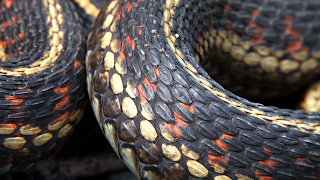Continuing with figure drawing and how this helps with creating fantasy art, here is another edited tutorial from week 5.
As we discussed in week 3 and 4, a lot of fantasy art related creatures/character designs are not really that complicated. It is quite often a hybrid of two or three things.
Hmmm, what would a woman look like with bird wings?
Maybe like this, and I'll throw in some latex, a tatty tutu, some goth/doom boots,....
and some barbed wire for extra weirdness.
What would a woman mashed with a honey bee look like?
What would a woman a man mashed with a horse look like?
or a man mashed with a video tape cassette?
How far out is the idea? Not very. It is just the combination of two elements.
How you merge them together is one thing. How you execute the image is another.
This drawing of Kate Pierson of The B52's was something of a no brainer.
Inspired by the track, Rock Lobster, I simply added lobster arms and lower body and antenna. Everything else, the bis hair, the sparkly dress , is Kate Pierson's stage presence.
Below are the images that formed the tutorial for week 5
Reference material below
Have fun!
PLEASE REMEMBER!
NO CLASS ON TUESDAY 29TH MAY
AS IT IS HALF TERM.



















































